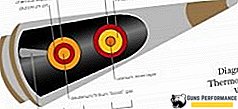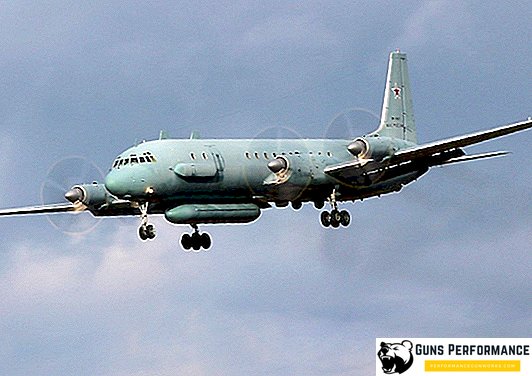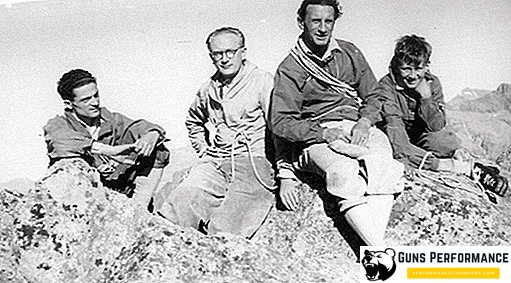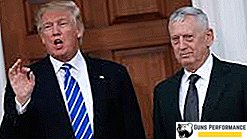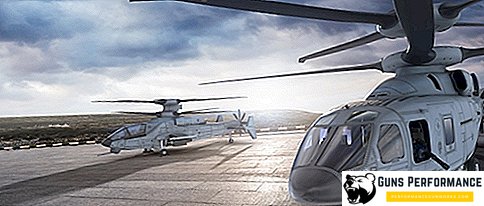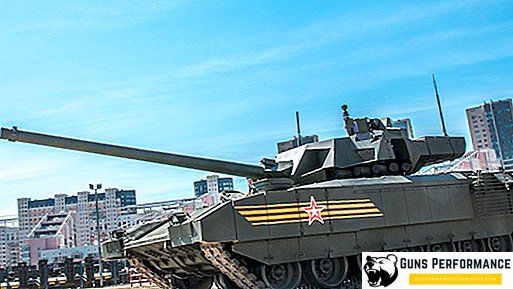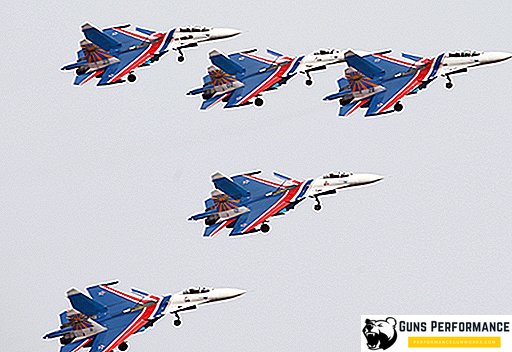The Great Patriotic War was gradually coming to an end. The development of the new T-44 tank was in progress, but the army needed a tank with a new 100 mm weapon much earlier. Of course, the troops already had an effective tank destroyer, namely the SU-100, but the fixed felling features imposed their own limitations. For these reasons, an attempt was made to produce a new vehicle based on the existing T-34-85 tank, but with a new weapon. And this tank would be called T-34-100.
Development began in July 1944. Two design bureaus took over the work: Design Bureau No. 92 and Design Bureau of Plant No. 183. Initially, we decided to follow the shortest path and simply install a new tool in the standard T-34-85 turret. However, from the very beginning it became clear that the diameter of the T-34 turret was not enough.
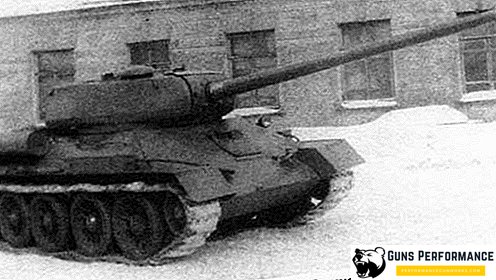
Designing a model in the design bureau number 92
Despite all the problems, the Soviet designers of OKB No. 92, headed by A. Savin, installed a 100 mm ZIS-100 cannon in the T-34-85 series turret. This tool was designed on the basis of the serial ZIS-S-53 (85 mm). However, the test was a failure. The shot had such a big return that the transmission and chassis of the serial tank simply could not stand it. An attempt to quickly solve the problem by installing a muzzle brake did not change the situation. Needed was a thorough refinement of the whole structure.

Problem solving design office of the plant number 183
At plant number 183, under the leadership of A. A. Morozov, they decided to go another way. Since they were already engaged in the development of a new T-44V tank (later T-54), it was proposed to use the turret from the new vehicle. And here it was not without difficulties. Firstly, the shoulder straps of the tower were different - this is 1600 at the mass production car against 1700 at the new tower. Secondly, the need to strengthen the suspension. As a result, changes were made to the design of the hull, which entailed a reduction in crew per person of a servicing machine gun, a decrease in the thickness of the bottom and an overmotor roof, as well as increased suspension in the area of the second and third rink. The car received a new designation T-34-100 and increased to 33 tons. Weight.
In February-March 1945, a new car was tested at the Sverdlovsk and Gorokhovetsky test sites. It was decided to test two guns at once - the ZIS-100 and the D-10. The tests did not bring the desired result. It was found that the accuracy is unsatisfactory, and the load on the transmission when the shot is too great. However, the military liked the car and continued work on the new tank.

Creating a hybrid T-34 100
In parallel with the tests of the tank with the ZIS-100 and D-10 installed, the development of another LB-1 gun was underway. The purpose of designing another gun was to noticeably reduce recoil when fired. The gun consisted of a monoblock pipe, breech and an already existing muzzle brake from the ZIS-100. The design of the gun was similar to the D-10. Thus a kind of hybrid of two guns was obtained. The barrel significantly protruded beyond the tank, namely at 3340 mm, which markedly reduced the tank’s permeability.
Despite the design problems, in April 1945, a tank with a new LB-1 gun was tested at the Gorokhovetsky test site. During the tests, the total mileage was 501 km, and the number of shots reached 1000. The rate of fire was at the level of 5.2 - 5.8 shots per minute. Accuracy of shooting and load on the chassis were satisfactory. The new tank was superior to previous versions.
Despite the considerable interest in the new car from the military and the success of the tests, the car never went into mass production. Indeed, by the time the development was completed, the new T-44 tank, which was completely superior to the T-34-85, was almost ready. It also affected the proximity to the end of the war, which eliminated the need for the forced release of new tanks.
It took too much time to develop the tank and overcome the unsuitability of the design to new guns, and the machine simply lost its relevance. However, its characteristics were high. The machine could go into the series if it were possible to solve the problems a little earlier.


